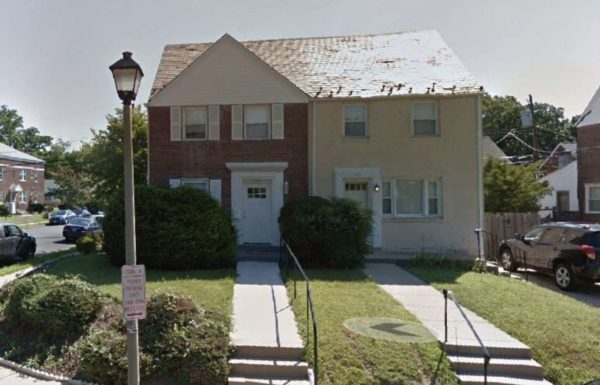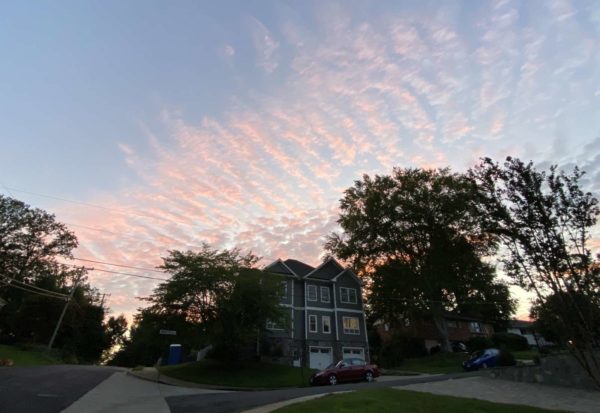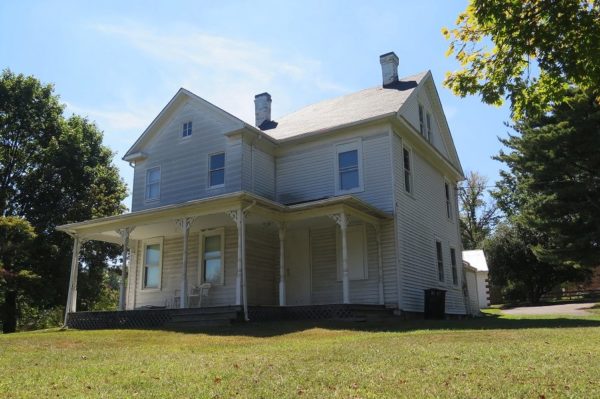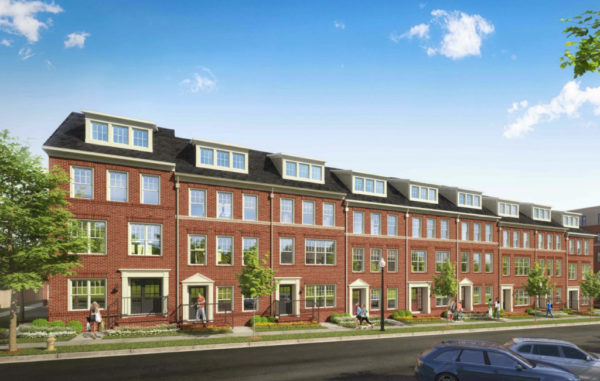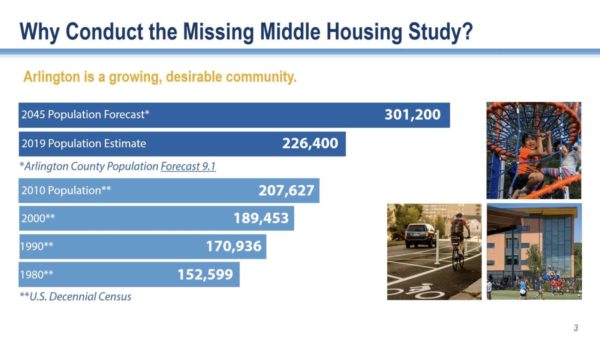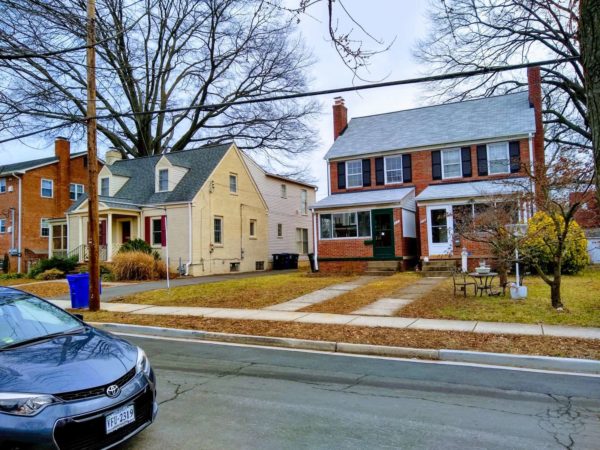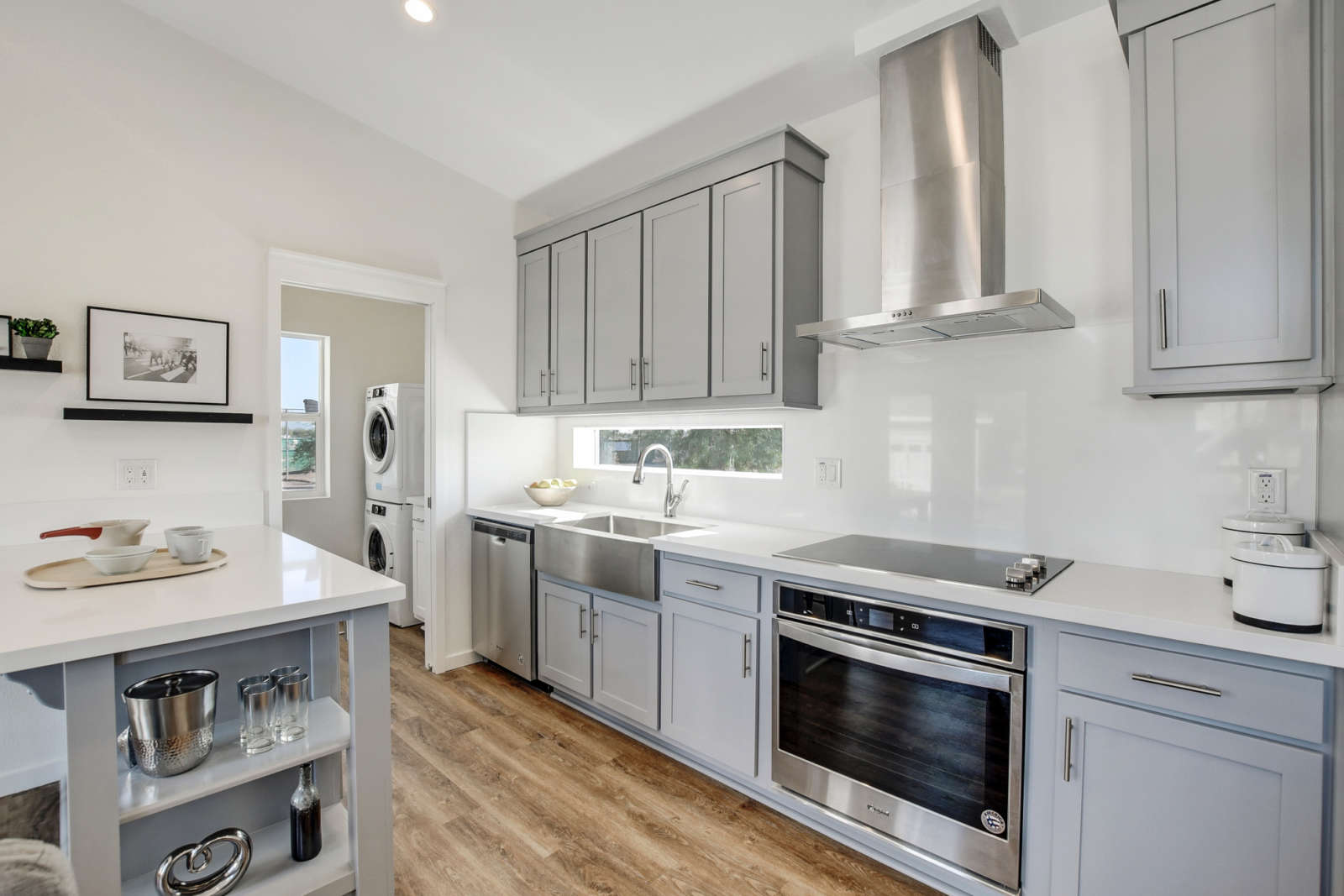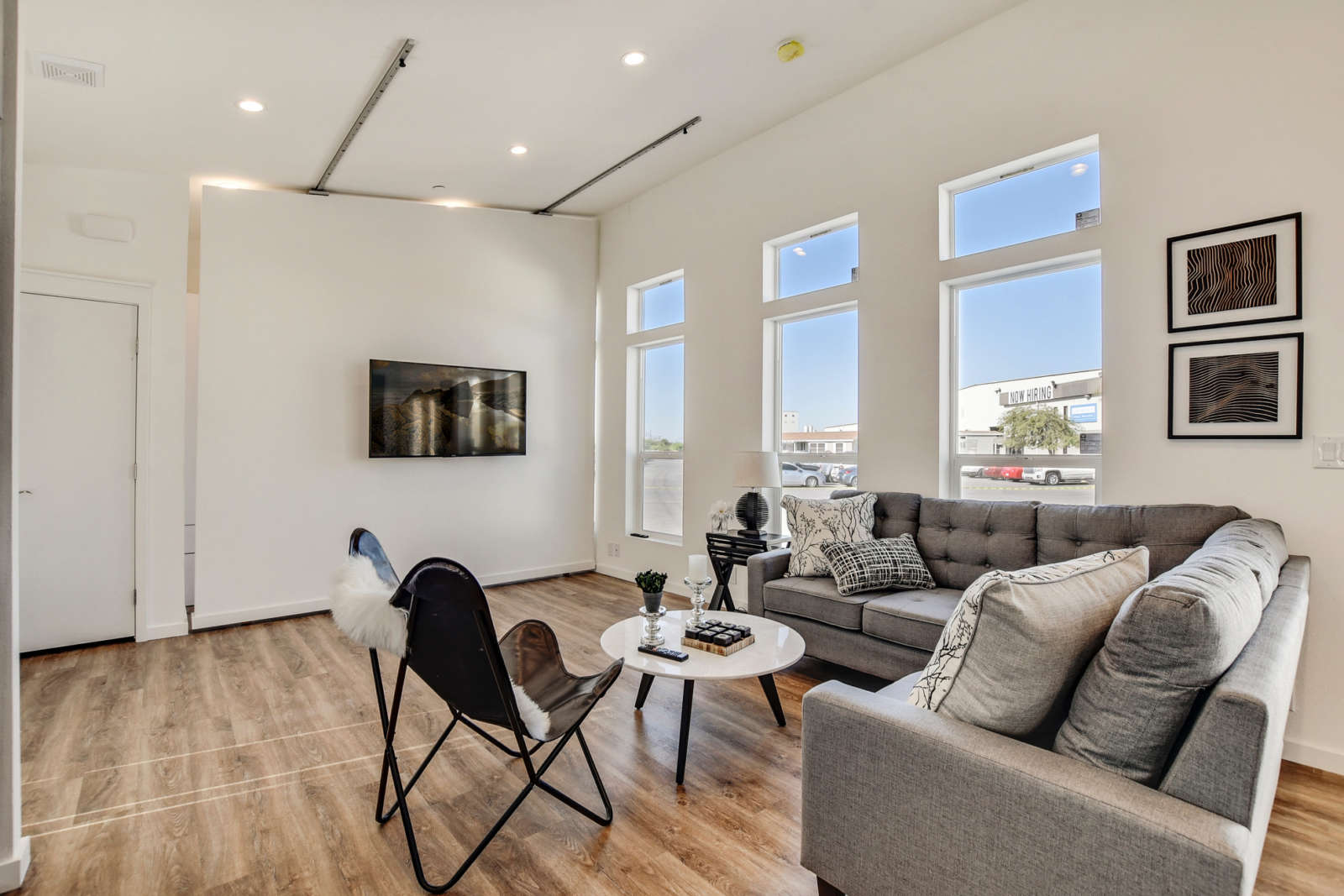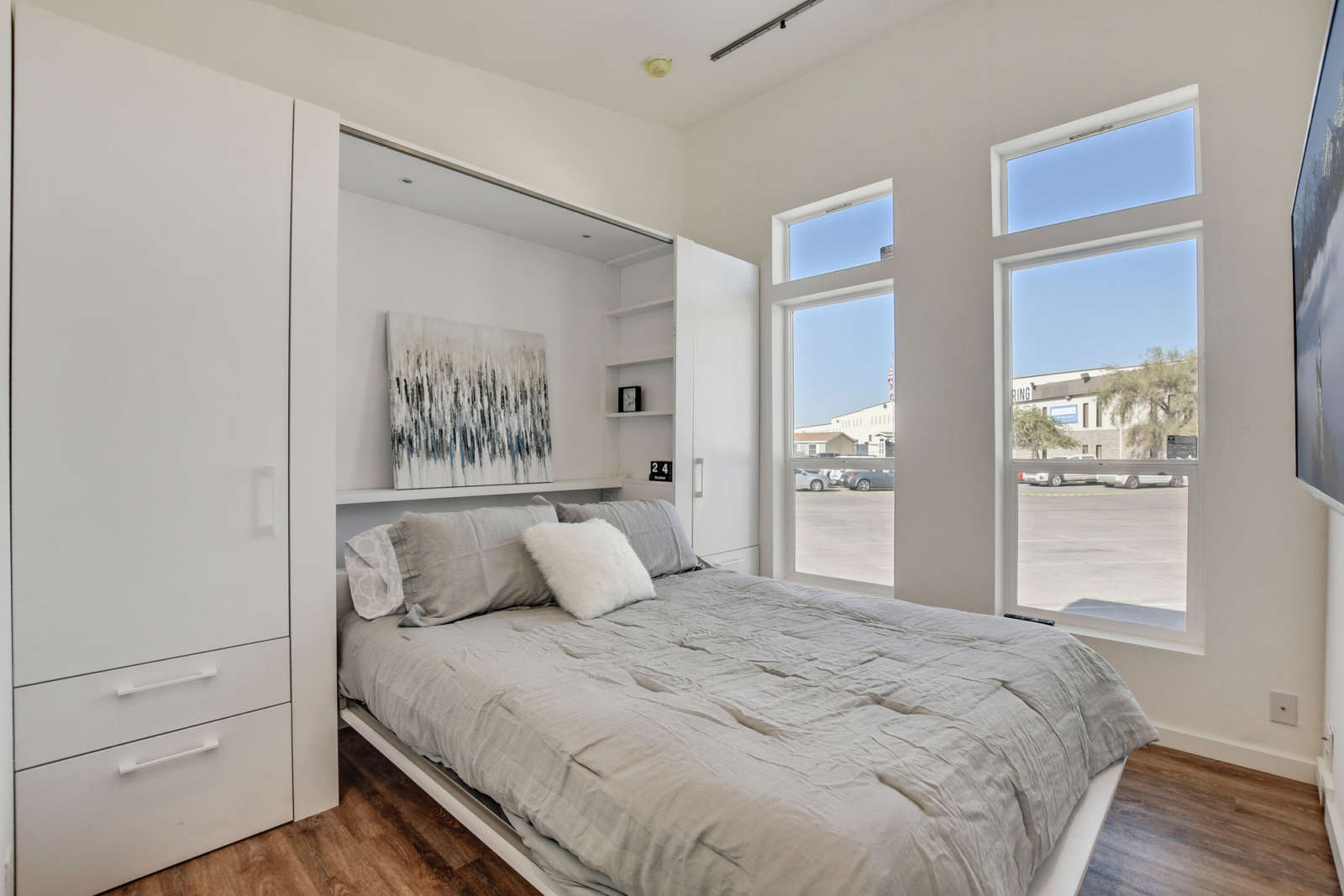(Updated at 11:30 p.m.) The County Board over the weekend approved a zoning change that will make life a bit easier for owners of a few hundred duplexes in Arlington.
The change affects “non-conforming” duplexes in certain zoning districts, which under existing zoning code were prohibited from any exterior change or expansion without permission of the county’s Board of Zoning Appeals. Single-family home owners in the same districts are allowed to make such changes by right, without a zoning variance.
County staff and Arlington’s Planning Commission recommended giving those duplex owners the same exterior modification rights as single-family home owners. That will allow “by-right opportunity for reinvestment in aging housing stock, consistent with flexibility provided to single-family homes,” according to a staff presentation.
The County Board approved the change unanimously. More from a county press release:
The Board approved a change to the Zoning Ordinance that will allow by-right expansions and additions to nonconforming duplexes in multi-family districts. There are some 432 such duplexes, located in 14 civic associations across Arlington. Non-conforming buildings do not meet current zoning requirements.
Currently, owners of nonconforming duplexes in multi-family districts must seek a variance from the Board of Zoning Appeals to make such changes. They must demonstrate that the nonconformity is unreasonably restricting the utilization of the property and that the variance would alleviate a hardship. The amendment furthers the goals of the Affordable Housing Master Plan, which called for reinvestment in existing housing stock that contributes to the overall diversity of housing countywide and preserves and supports existing affordable housing.
Following a discussion of large, luxury homes being built, the Planning Commission also voted to recommend that county staff study “requiring use permit or site plan approval for construction of new ‘single-family’ dwellings,” in areas zoned primarily for residential apartments.
This fall Arlington is kicking off a Missing Middle Housing Study that will examine whether duplexes, triplexes and other types of lower-density multifamily housing should be allowed in more parts of the county. According to a recent study, 73 percent of the land zoned for residential use in Arlington is zoned exclusively for single-family detached housing.


